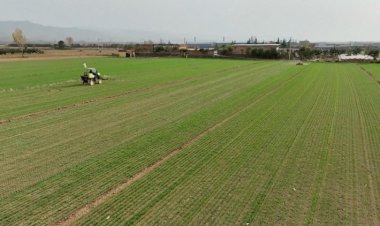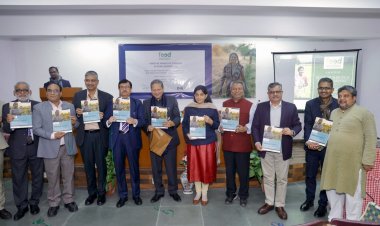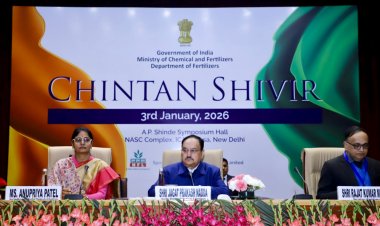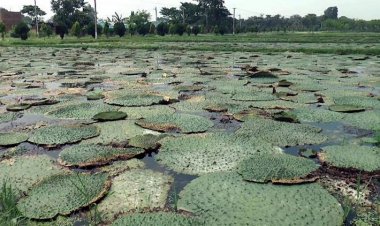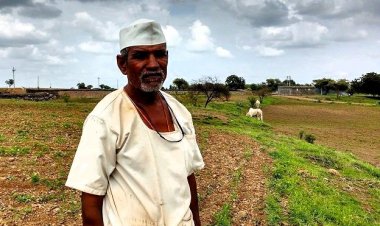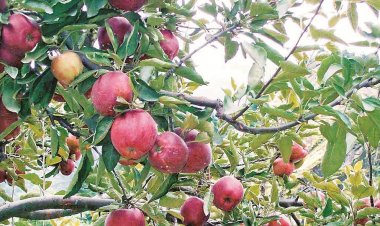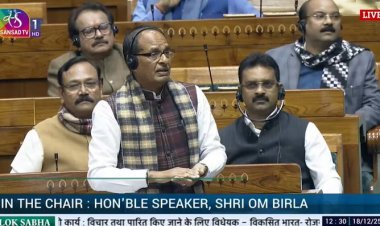Decision to impose 20 per cent export duty on non-Basmati rice to rein in domestic prices
Two weeks after releasing figures for record rice production and the very next day after releasing the target of a record 328mn tonnes of foodgrain production for the current agricultural production season 2022-23, the Union government has imposed a 20 per cent export duty with a view to discouraging rice exports so as to rein in the rising prices in the domestic market. Under the notification issued in this regard, rice in the husk (paddy or rough), husked (brown) rice and semi-milled or wholly-milled rice, whether polished or glazed or not, have been kept in the duty category. Basmati and parboiled rice exports have been kept duty-free.
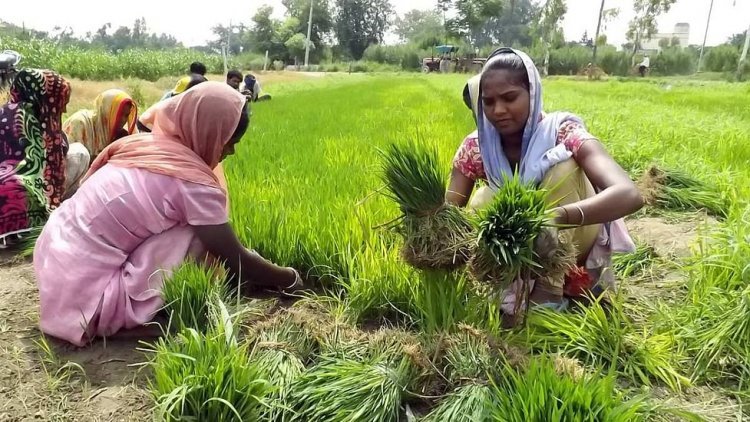
Two weeks after releasing figures for record rice production and the very next day after releasing the target of a record 328 million tonnes (mt) of foodgrain production for the current agricultural production season 2022-23, the Union government has imposed 20 per cent export duty with a view to discouraging rice exports so as to rein in the rising prices in the domestic market. Under the notification issued in this regard, rice in the husk (paddy or rough), husked (brown) rice and semi-milled or wholly-milled rice, whether polished or glazed or not, have been kept in the duty category. Basmati and parboiled rice exports have been kept duty-free.
A notification in this regard was issued by the Revenue Department of the Ministry of Finance on 8 September 2022 and the decision to impose a 20 per cent customs duty on the exports has come into effect from Friday, September 9.
The notification says that the decision to impose the export duty has been taken under the powers conferred by the Customs Tariff Act, 1975, as the Central Government is satisfied that doing so is necessary.
In the current Kharif season, the paddy acreage is lagging behind in about a dozen rice-producing states in the country due to less rainfall. According to recent figures, the acreage is about 6 per cent less than that last year. Due to less rainfall in Uttar Pradesh (UP), Bihar, Jharkhand and West Bengal, not only has the paddy acreage gone down but the crop situation is also not too good. Only a day earlier, the UP government decided to assess the drought situation at a district level. The rainfall level has been 40-50 per cent below normal in these states. Given this scenario, paddy crop production is almost bound to get adversely affected in the current Kharif season. This is why the government has decided to impose a 20 per cent export duty on the ordinary varieties of rice so as to discourage exports.
With an export of about 20 mt in the last financial year, India had established itself as the largest rice exporter in the world, its share being 40 per cent in the rice export market. The imposition of a 20 per cent export duty to discourage rice exports from India may lead to a rise in rice prices in the global market. However, the decision will not apply to Basmati and parboiled rice. The country exports about 4 mt of Basmati and about 7 mt of parboiled rice. Based on these calculations, this decision will impact a little less than half of the rice exports.
Meanwhile, rice prices have gone up by 5-7 per cent in the domestic market over the past few months. That is why short-duration paddy for satha (summer) rice varieties has fetched prices of Rs 3,000-Rs 3,500 per quintal to the farmers. Which signals a spike in rice prices in the domestic market. But the September 8 decision to impose export duty is likely to rein in a rise in prices.
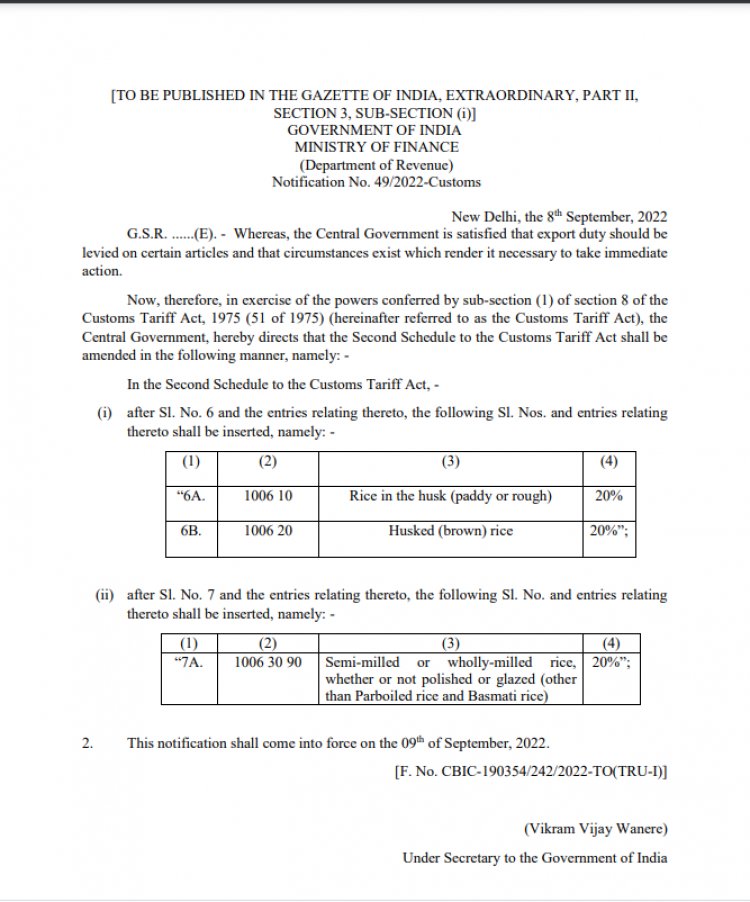
An unusual rise in temperature in March in the last season of 2021-22 had adversely affected wheat production. This had led public procurement to a 15-year low and the wheat stocks in the central pool were at a 14-year low on June 1. The wheat prices had already gone up much above the Minimum Support Price (MSP) while public procurement was going on. The Central Government had prohibited wheat exports on 13 May 2022 to rein in the rising prices.
However, the rice stocks in the central pool are in a good situation and the government has no problem as yet in the allocation of rice under the Public Distribution System (PDS) and other schemes. But going by the apprehensions of a weak Kharif crop, public procurement, too, may get affected. That is why the government does not want to take any chances with regard to rice prices and availability in the domestic market. And hence the decision to impose the export duty.



 Join the RuralVoice whatsapp group
Join the RuralVoice whatsapp group

















